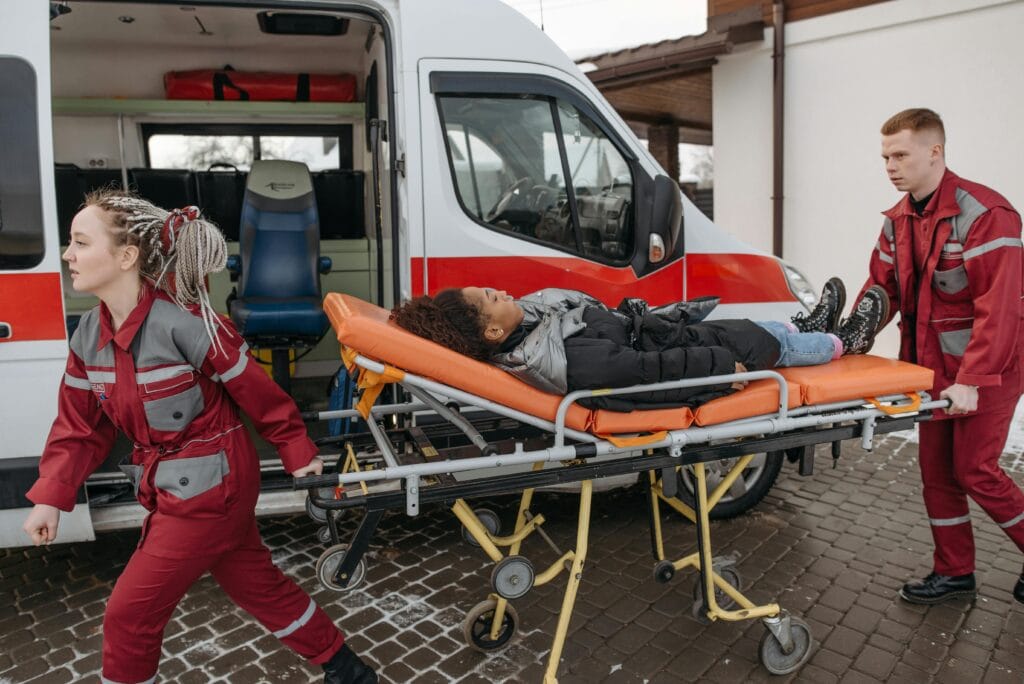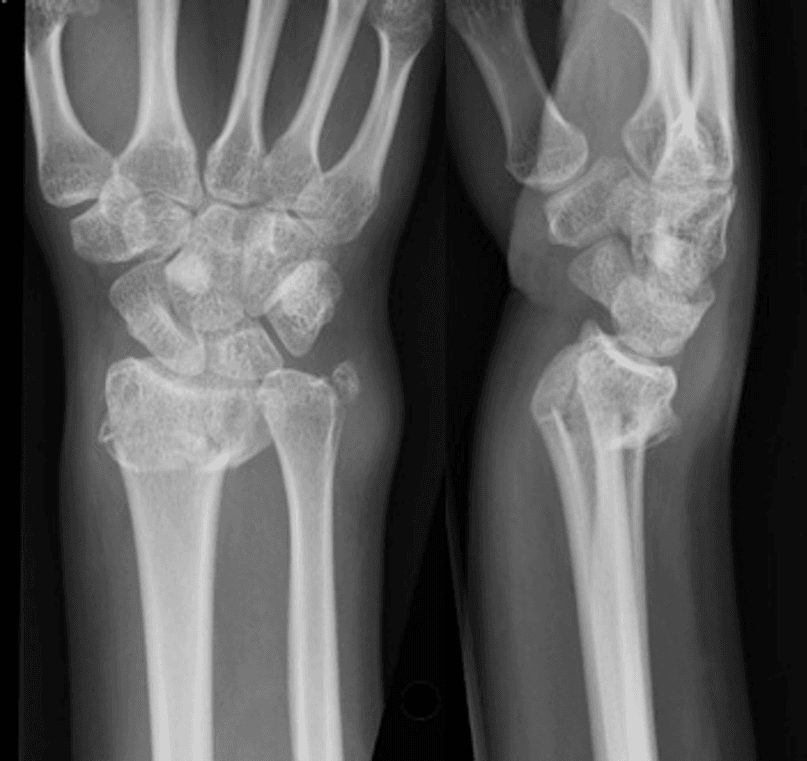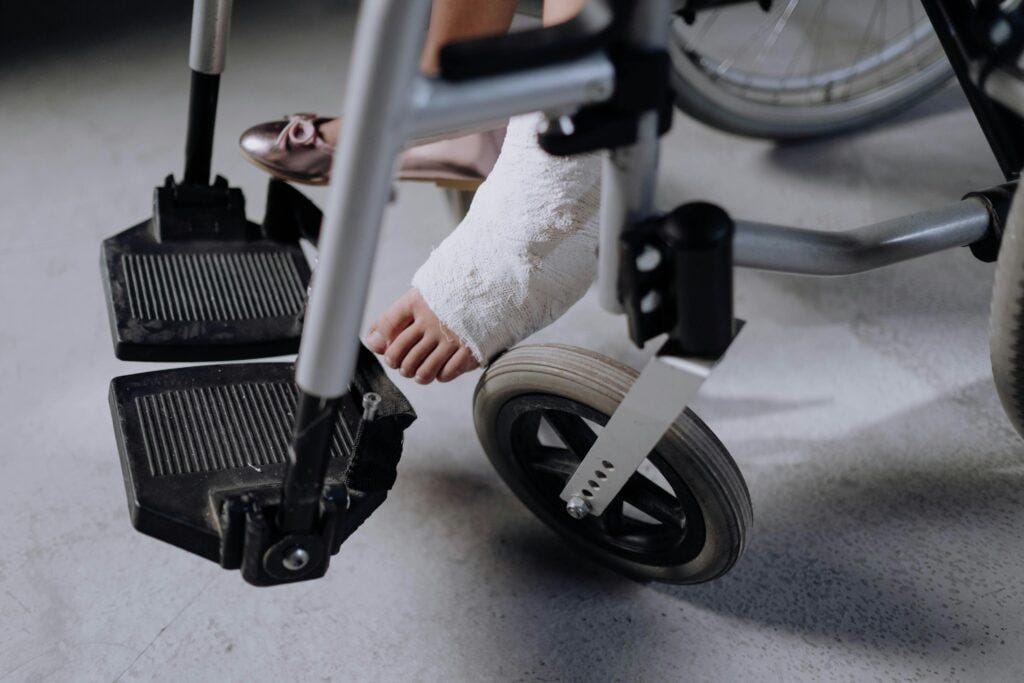
Leg Fasciotomy: Step-by-Step Guide
Introduction to Leg Fasciotomy A leg fasciotomy is an emergency surgical procedure performed to relieve dangerously high pressure in muscle compartments. When compartment syndrome develops, immediate fasciotomy can mean the difference between saving a limb and permanent disability. This guide details the step-by-step surgical technique, post-operative care, and consequences of delayed treatment. Surgical Technique for Four-Compartment Leg Fasciotomy Preoperative Preparation Medial Incision: […]









